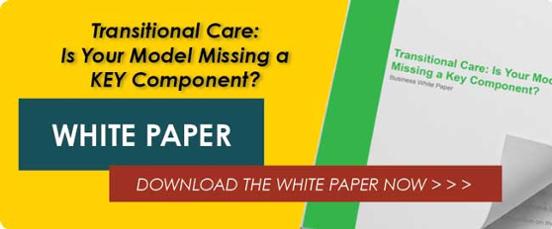
Food Security (or Insecurity) Defined!
Food security, or insecurity, is a social, cultural or economic status, whereas hunger is a physiological condition – the physical pain and discomfort someone experiences. Hunger doesn’t describe the scope of food security, or insecurity, which is when people do not have access to enough food for an active, healthy life.
The United States Department of Agriculture (USDA) has developed a validated survey with 18 questions to determine a person’s level of food security. Based on the answers to these questions, the USDA defines the levels of food security as:
- High food security: answers “no” to all 18 questions.
- Marginal food security: answers “yes” to one or two questions.
- Low food security: answers “yes” to three or more questions.
- Very low food security: answers “yes” to five or more questions in homes without children or “yes” to eight or more questions in households with children.
Food Security Among the Elderly
In the US, 48.1 million people live in households with low or very low food security. Of those people, 20% or 9.6 million are seniors. Seniors with low food security tend to have medical and mobility challenges. Per AARP, those at the greatest risk for low food security are the poor, minorities, the unemployed, the disabled, and those living in the South.
Older adults above the poverty level may also be at risk for low food security, particularly if they are unable to shop for and prepare foods.
Consequences of Low Food Security
Low food security is a strong predictor of health problems like heart disease, cancer, diabetes, and pulmonary disease. Adding to the problem, these chronic conditions increase the medical expenses of those with low food security, often forcing them to choose between paying for medical care and buying food. In turn, the chronic conditions increase healthcare expenditures paid by health plans, Medicare and/or Medicaid.
A recent study looked at the impact that low food security has on high rates of hospital readmissions. They interviewed 40 adults with three or more hospitalizations within a 12-month period. Here are their findings:
- 30% were low or very low food secure
- 25% were marginally food secure
- 75% were unable to shop for food on their own
- 58% were unable to prepare their own food
The researchers recommend interventions that educate and connect patients with unmet food needs to community resources after discharge.
 Transition Care Planning
Transition Care Planning
Healthcare professionals need to evaluate a patient’s food security level as part of the transitional care plan upon discharge from the hospital. Most transition care models don’t incorporate nutrition care, including screening for unmet food needs, after discharge. A guide from Centers for Medicare & Medicaid Services, recommends addressing food security as a strategy to avoid readmissions for diverse populations. After a hospitalization, patients generally have decreased energy, pain, weakness, and a poor appetite, putting those with low food security at an even greater risk for malnutrition, and associated poor outcomes.
Connecting low food secure patients with resources such as home-delivered meals (HDM), decreases their need for shopping and cooking after a hospitalization. HDMs provide a regular source of nutritious food for those that need it for their recovery, reducing medical costs and the risk of a hospital readmission.











